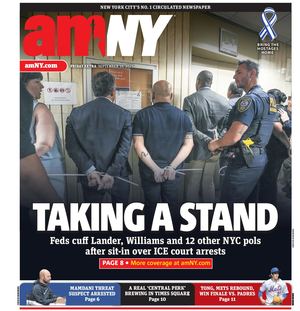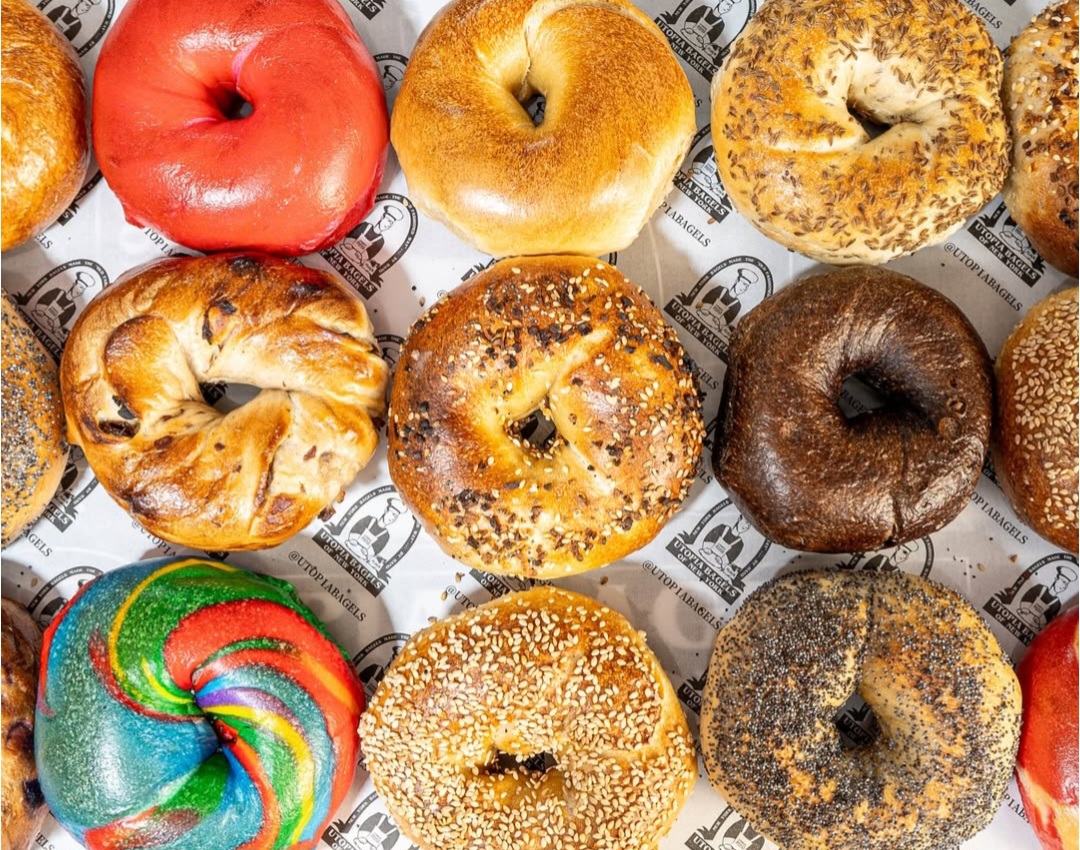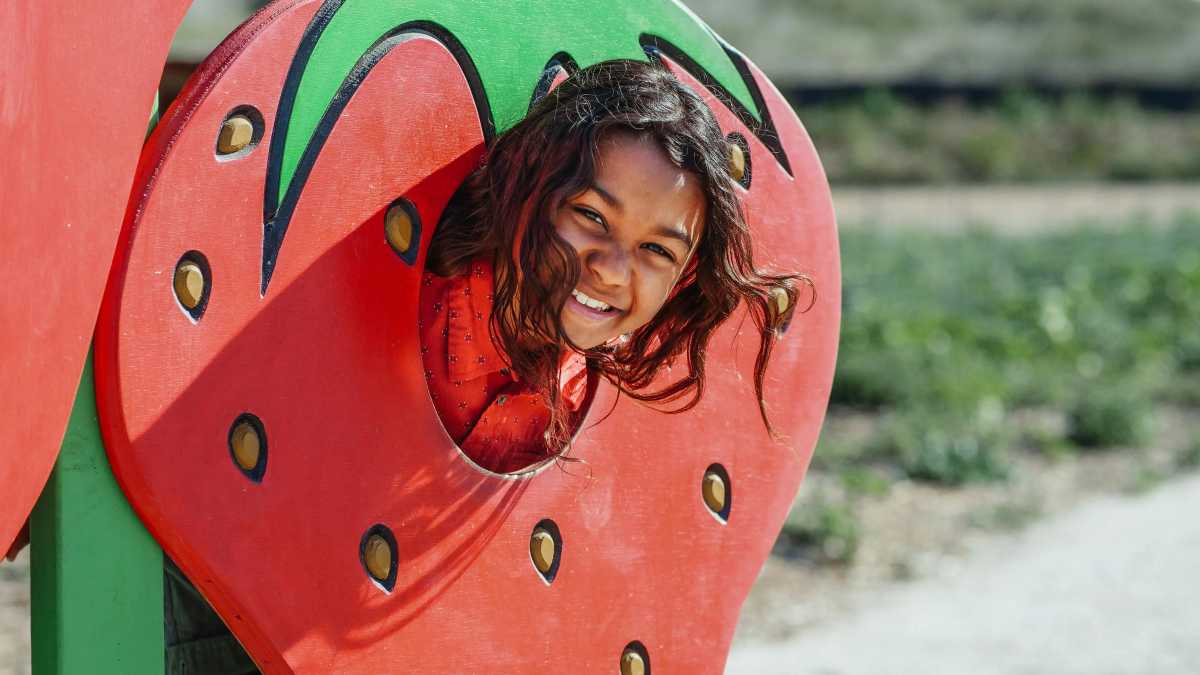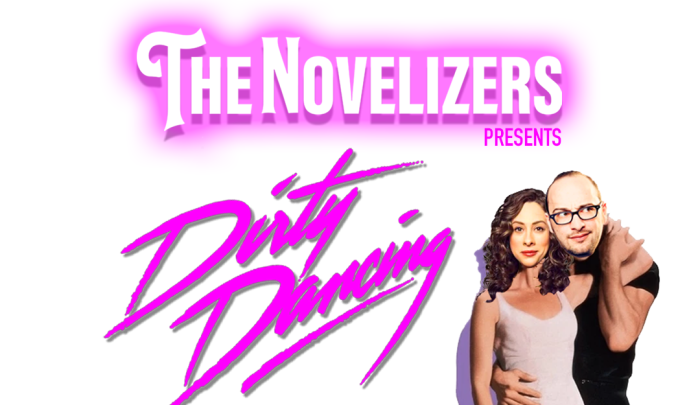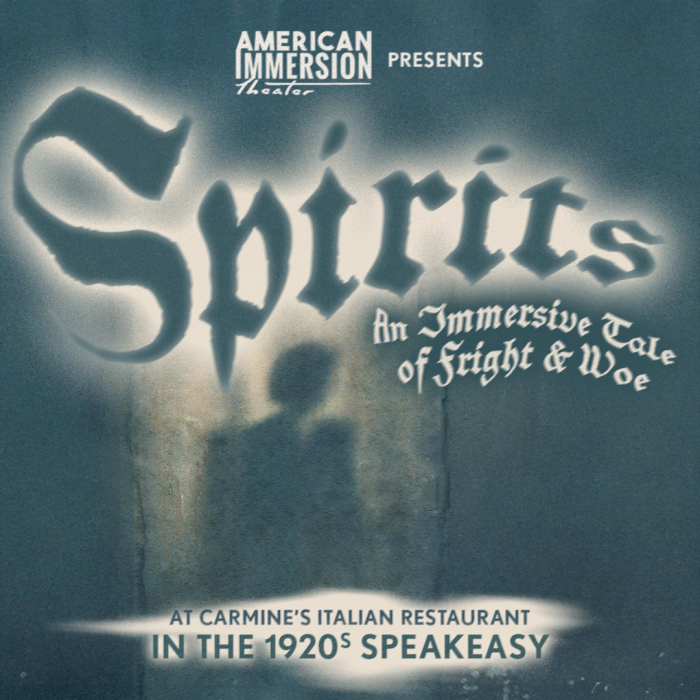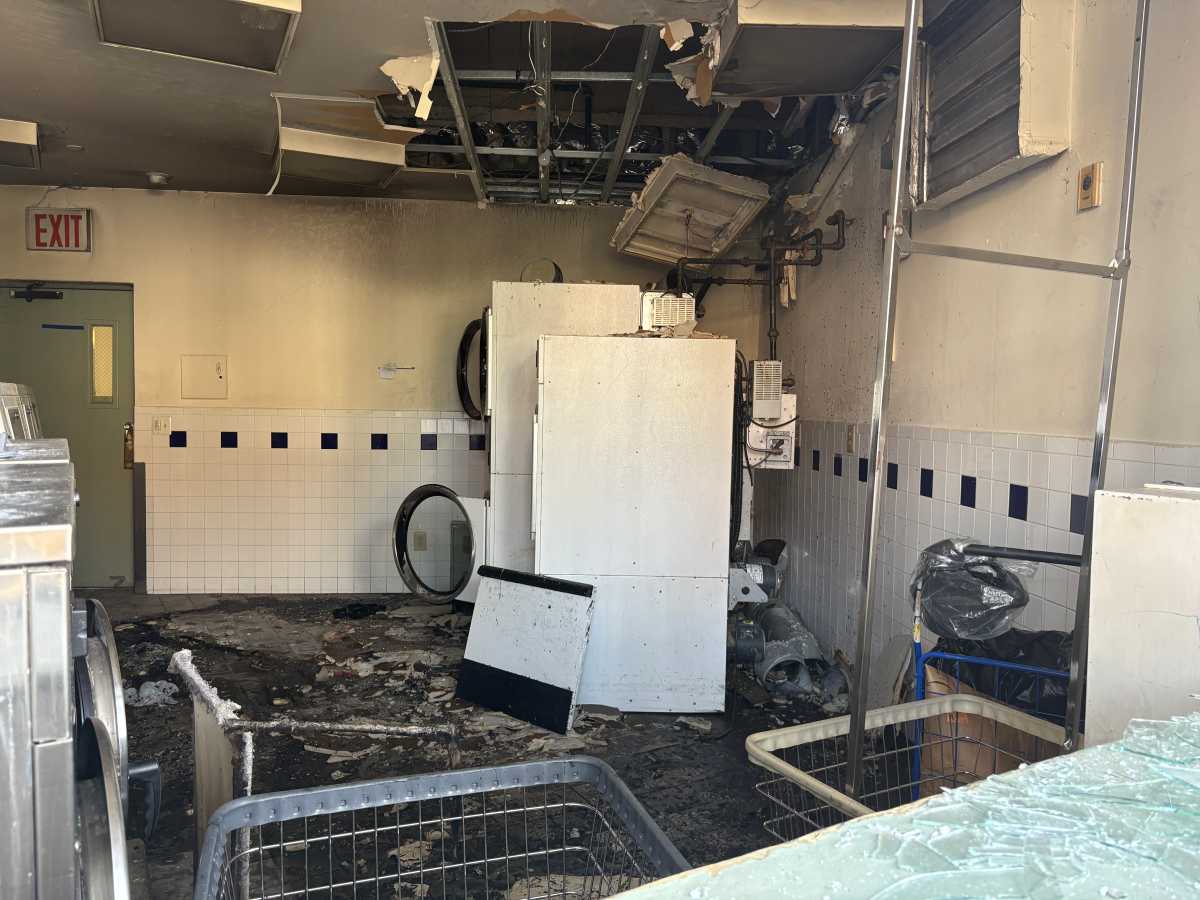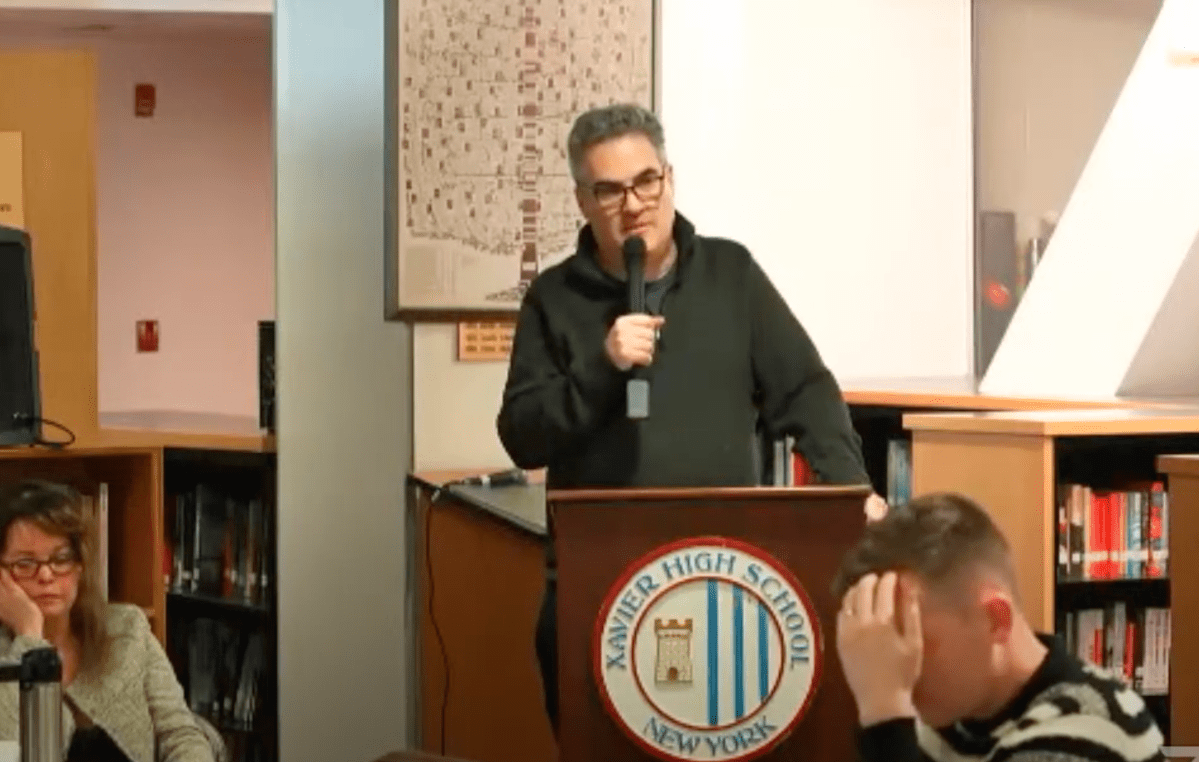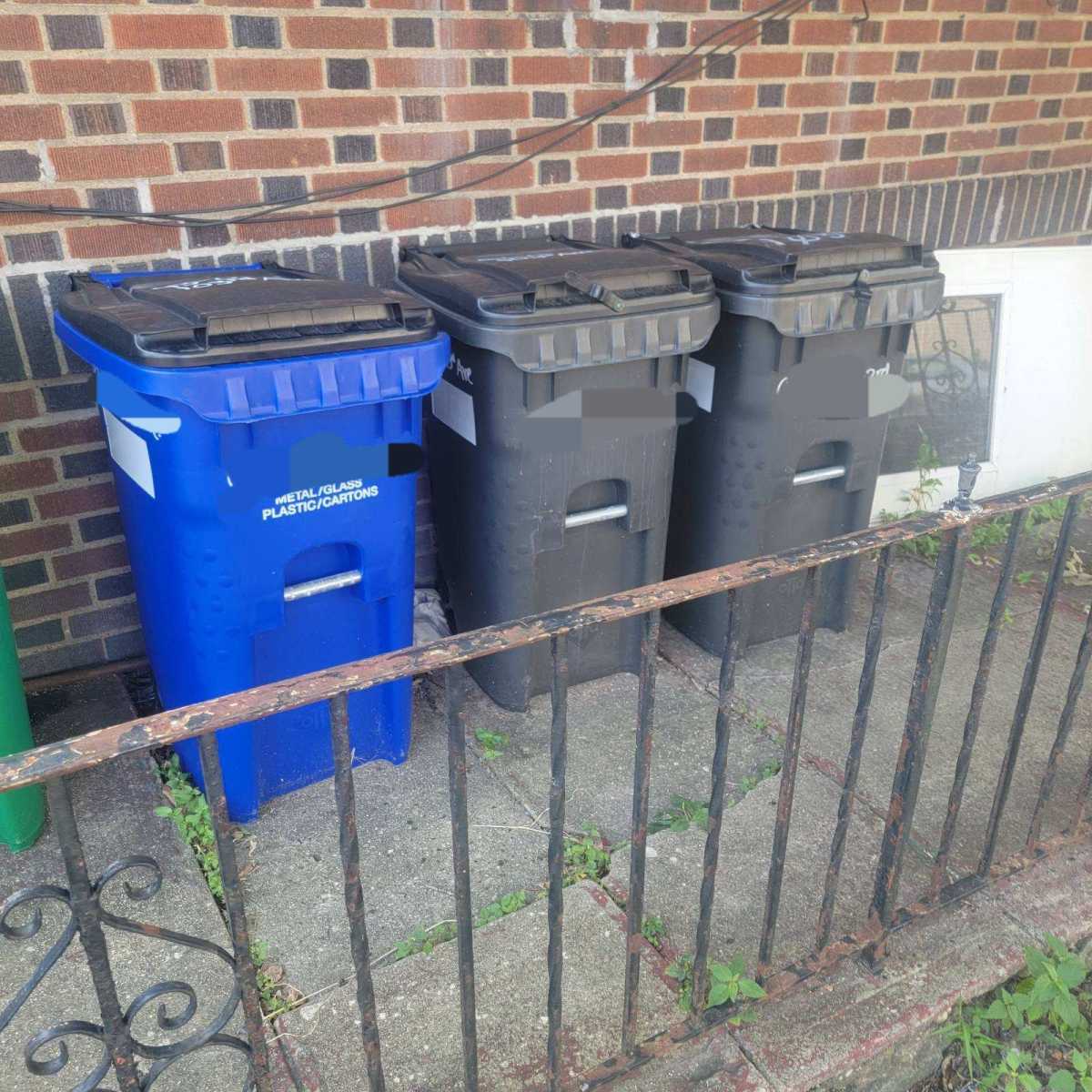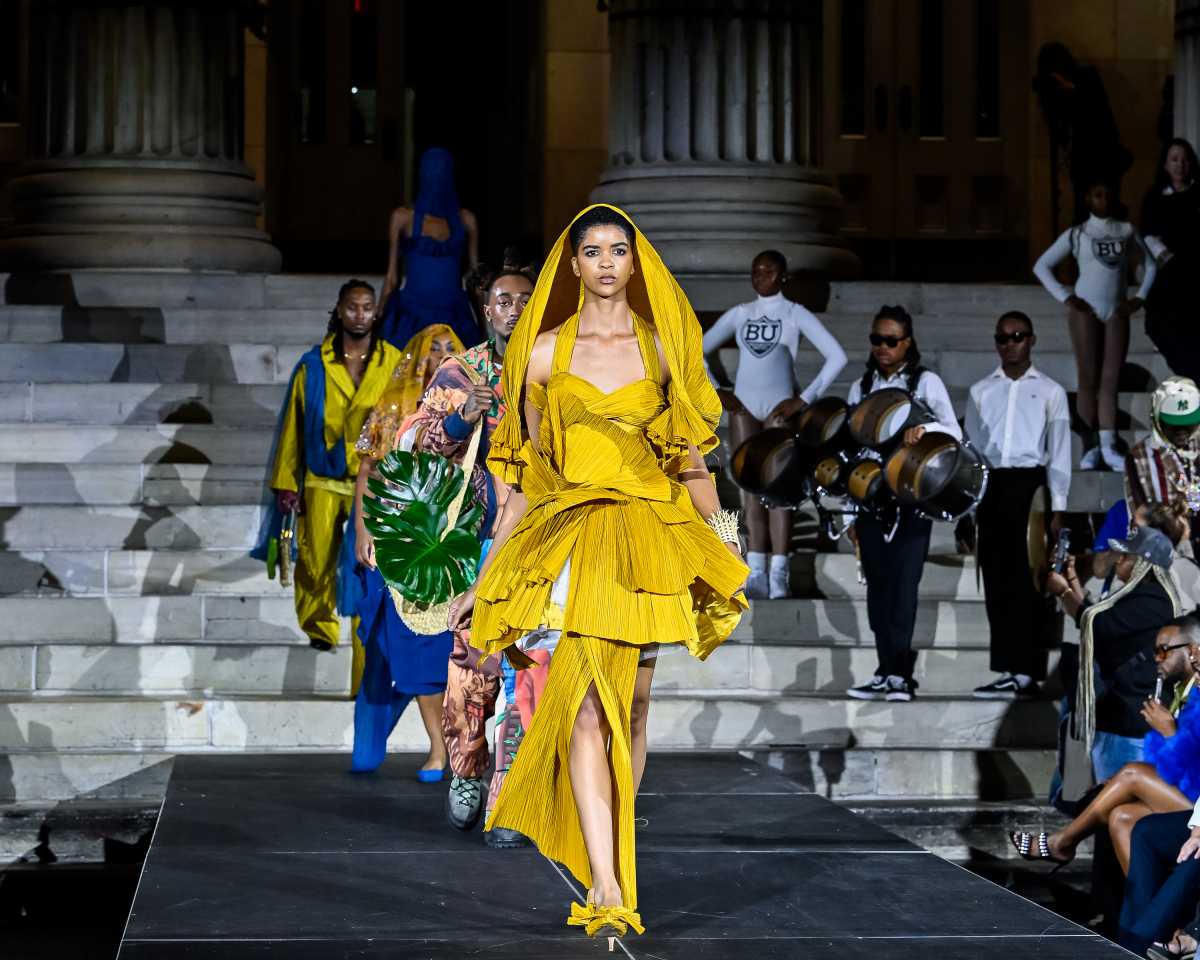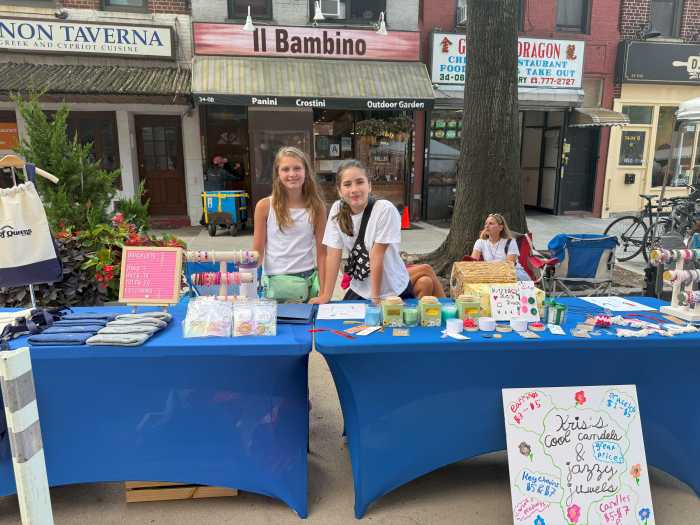The Festival of San Gennaro — which turns 90 this year — is trying to mesh its glorious, garlicky past with the dizzying digital future.
“The challenge is always to be relevant to the feast: This is a religious event and an Italian event,” that is expected to draw 1.5 million people into Little Italy for 10 days starting Thursday, said Wayne Rada, partnership and sponsorship director for the festival.
To that end, “we’ve hired a social media director” to handle Twitter and Instagram feeds and other social media, Rada said. Organizers are also working to livestream the event locally and in Italy, specifically in Naples.
“We have to attract the younger element because we want the Feast to continue,” said John Fratta, a board member.
Fratta said the addition of “younger type music” along with eating contests to determine the capo of cannoli and — new this year — meatball consumption, should also help lure millennials. The festival, the largest San Gennaro fest in the nation, is not just a street fair but a reunion of people from the Italian diaspora back to Little Italy, the traditional portal to a new life in the United States.
“It’s an opportunity to connect with so many great stories of a golden past,” said Monsignor Donald Sakano, pastor of the Basilica of St. Patrick’s Old Cathedral and Shrine Church of the Most Precious Blood, the home of the famous statue of St. Gennaro, which is paraded through the streets.
The festival “is a celebration of traditions that underscore the immigrants who have settled here from all the different sections of Italy,” Sakano said.
Collections will be taken this year for the earthquake victims in Central Italy and a blood drive will be held in honor of Januarius, whose blood — collected by devotees after his beheading — is supposedly in Naples Cathedral.
The feast “brings in a lot of business” for restaurateurs and mom and pops, said Nelson Shaked, the chef at Sofia’s of Little Italy. Business goes up 20 to 30% during San Gennaro, he said.
The feast has overcome the taint of mafia scandal and accusations by law enforcement that vendors of the past were shaken down, resulting in organizer turnover. In 2014, the Daily News alleged that “the feast was a famine” as it gave less than 5% of what it raised from 2007 to 2012 to charity.
The FBI and Department of Justice did not respond to amNewYork inquiries about the festival’s current status, but Fratta said organizers continue to pay a monitor to make sure everything is, to borrow an un-Italian word, “kosher,” and they have modified practices to ensure the Festival is squeaky clean.
“The monitor is our insurance policy,” said Fratta. “To even get on our board, you have to be vetted by the (NYC) Department of Investigation.”
If charitable contributions are not as robust as some assume, it’s because bills consume at least 85% of all the money raised, Fratta said.
The festival has suffered as a result of Italians moving out of the area, the dimunition of Italian immigration to NYC, and the dilution of custom that comes with assimilation.
But nothing, organizers say, compares to the attack on the historic area by moneyed real estate interests.
“The landlords are destroying this place. The average rent for a store is $25,000 a month!” exclaimed Fratta. (with Nicholas Morales)
